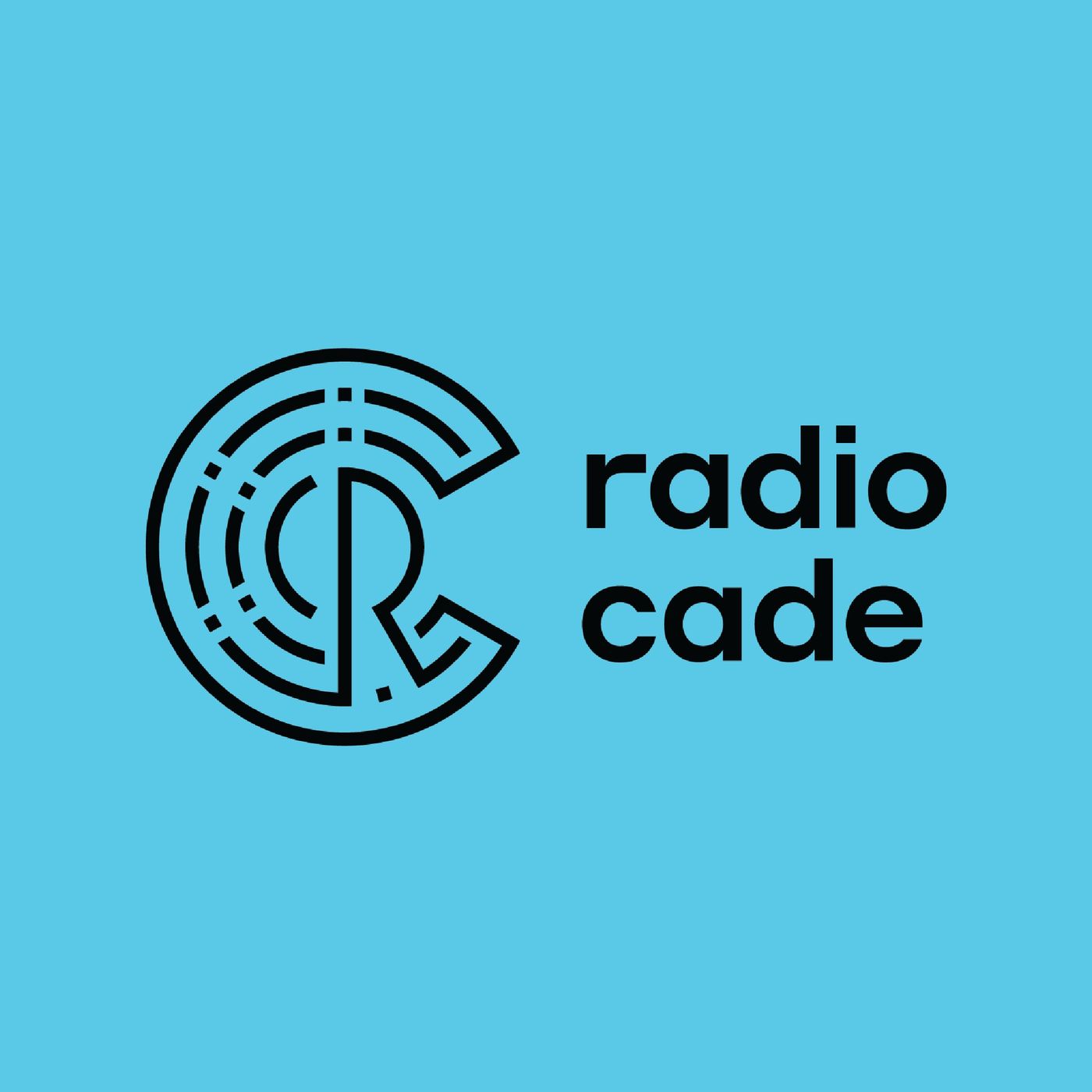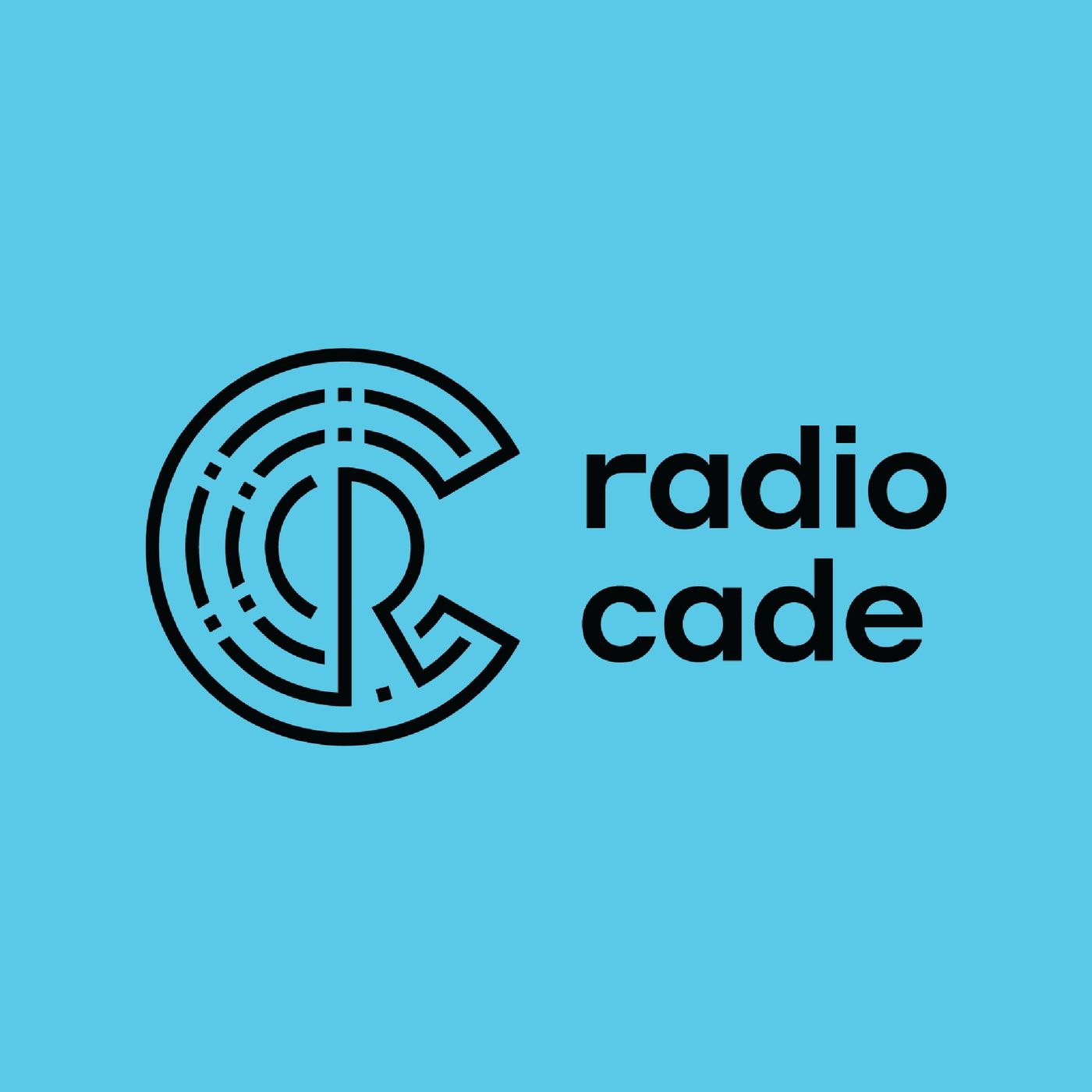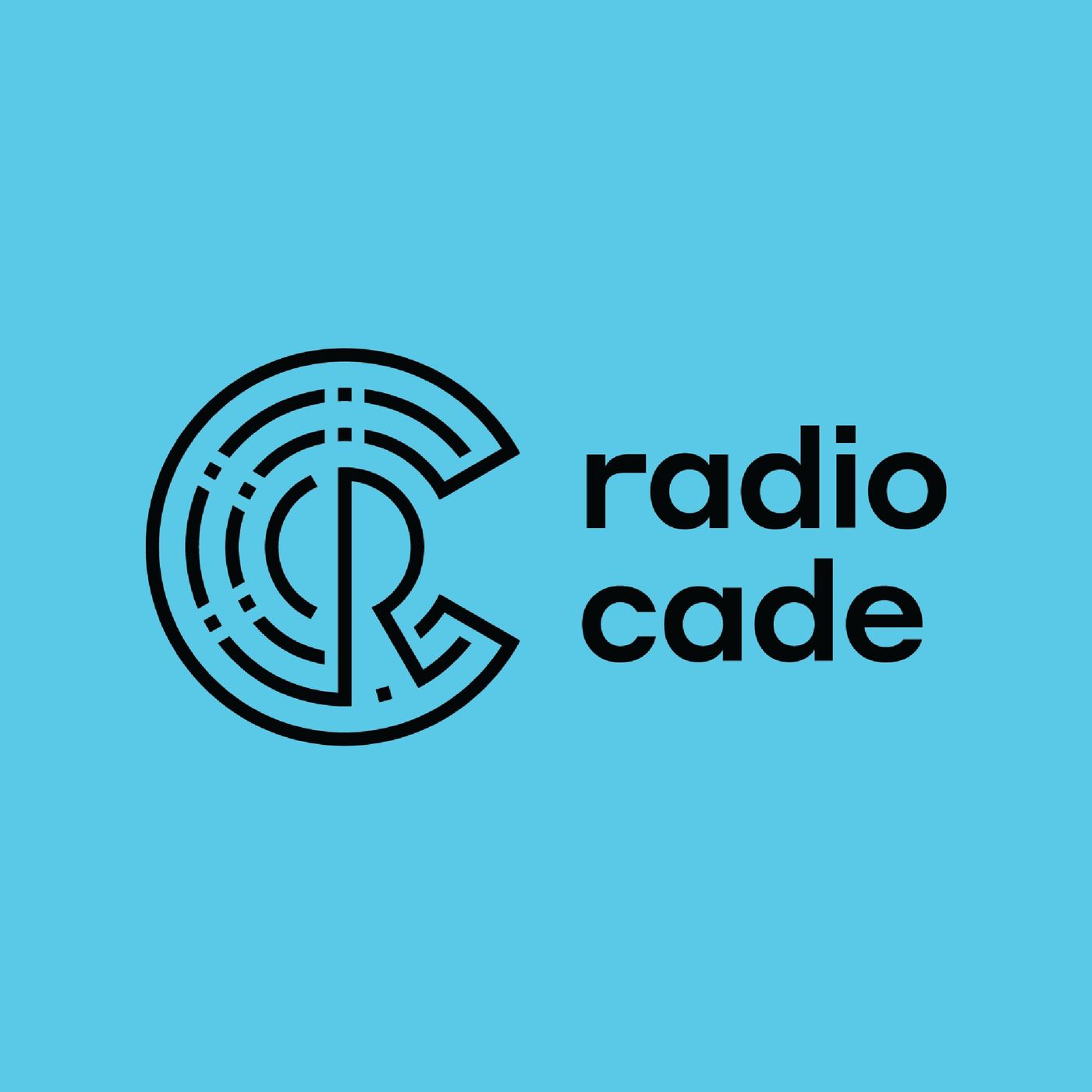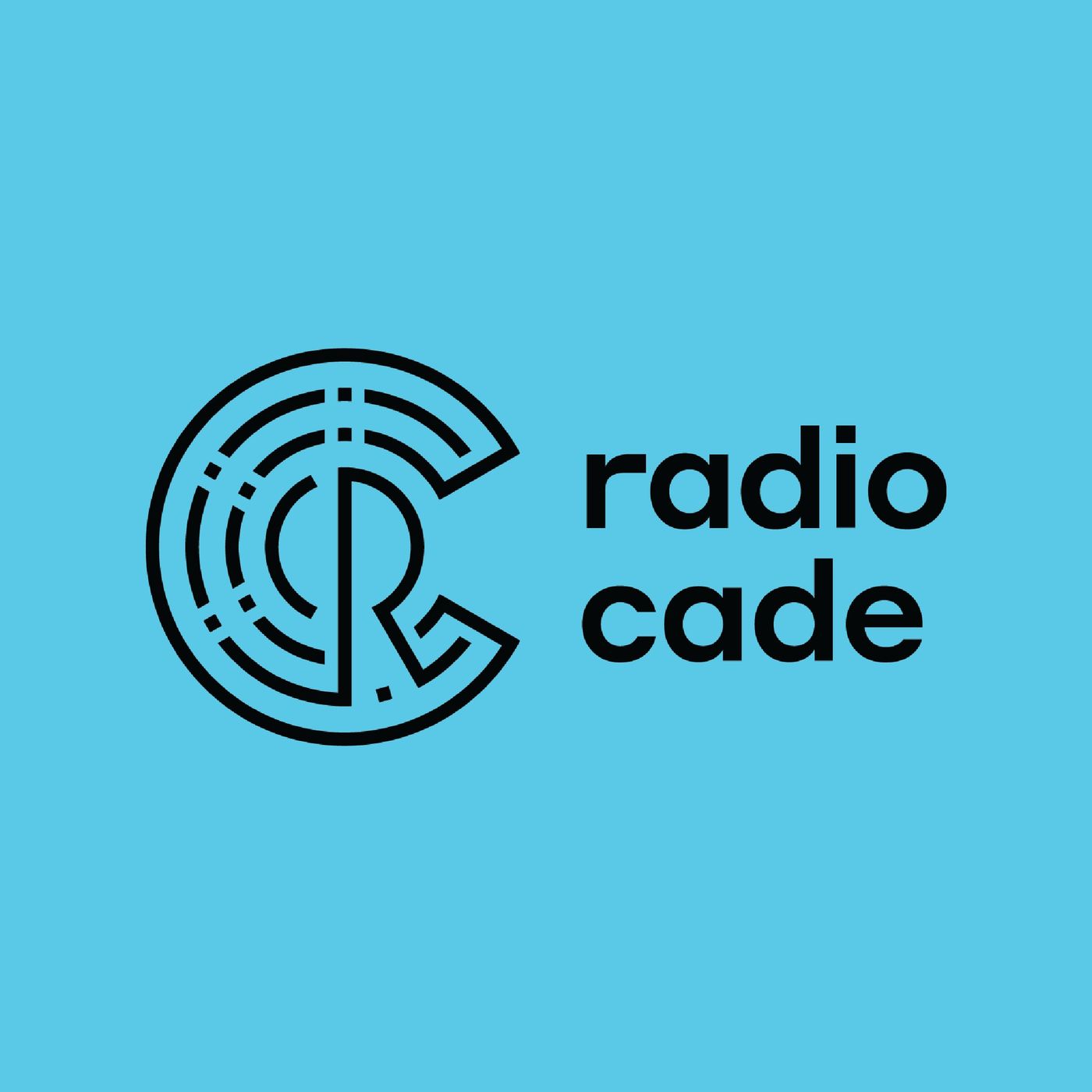Show Notes
George Sklivanitis, founder of Extreme Comms Lab, believes we can build underwater wireless networks. Using enhanced modems on existing nodes (such as ships and submarines), his team’s technology can boost signal strength under the sea by 10 times. A native of Athens, Greece, George studied on the island of Crete before moving to Buffalo NY, and finally Florida Atlantic University. His advice to prospective inventors: “Use criticism as a fuel to keep going. Don’t give up.”
TRANSCRIPT:
Intro: 0:01
Inventors and their inventions. Welcome to Radio Cade, a podcast from the Cade Museum for Creativity and Invention in Gainesville, Florida, the museum is named after James Robert Cade, who invented Gatorade in 1965. My name is Richard Miles. We’ll introduce you to inventors and the things that motivate them, we’ll learn about their personal stories, how their inventions work and how their ideas get from the laboratory to the marketplace.
Richard Miles: 0:39
IPhones , deep sea Netflix and scuba surround sound. Sounds impossible, right? Maybe it still is. But my guests this morning may have brought us a step or two closer to a bunch of impossible things. I’m your host Richard Miles. My guest today is George Sklivanitis founder of Extreme Comms Lab. Welcome to Radio Cade, George.
George Sklivanitis: 0:58
Thank you Richard for the invitation.
Richard Miles: 0:59
So let’s start George, talking about your core technology , sort of what is it and how does it work?
George Sklivanitis: 1:04
So today we’re living in exciting times, right? Every day we are using devices that are almost always, and at any time connected to the internet from your smartphones to your smart watches, to Alexa at home to Siri, you name it. Can we leverage this exciting technology developments that we have seen for land-based communications and somehow use them to wirelessly connect our oceans, to the internet? Well, to give you an idea of what’s the existing infrastructure out there, first of all, it’s very expensive and it’s very limited. U.S. Navy. For example, the submarines are using acoustic signals to communicate. The signals are very low frequency, very low bandwidth. And as a result, under water communications today is very, very slow. So the Extreme Comms Lab, we started to change that by building underwater communication modems, that can boost wireless connectivity up to 10 times. This moden scan communicate in 360 degrees. They are only directional. They can both transmit and receive, and they are fully reprogrammable on the fly so that they can efficiently utilize all of their available resources. We have buttoned pending software and hardware, which is easy to install, easy to operate and offer compatibility with existing infrastructure. So we are trying to disrupt underwater communications today to give you an example, the state of the art modems out there, it’s like using your 1990s , dial up modem to download an email or stream a video from the web. It would take forever, right?
Richard Miles: 2:33
So I remember those days well, I winced just hearing that, but, okay. So in addition to this sounding very, very cool. This household sounds very, very expensive because if I understand the analogy correctly, if we think about above ground , right, we have cell phone towers and wireless networks, and that has been built up over a decade or so of cell phone towers on every corner. Is that also how this would work? Would you have the equivalent of towers underwater or buoys underwater that would be serving the same sort of function in a network?
George Sklivanitis: 3:01
So as of now, we do not see a need for deploying permanent infrastructure like cell towers, but we are leveraging software defined radio technology, which has actually become commodified over the past few years. So this is small form factor programmable radios, which can be programmed to act as base stations, but also by just changing the software, you can make them as cell phones. So the infrastructure is already available out there. It’s cheap. Hardware is cheap . What we are building is software and a method that will enable this hardware modems to communicate faster underwater .
Richard Miles: 3:39
So the existing nodes are actually existing radios and these would be on ships or submarines or?
George Sklivanitis: 3:46
Yeah. The idea is to attach them to potential users of an underwater network like submarines, scuba divers, as you mentioned, but we will be building that network using two technologies. One of them will be swimming vehicles, which wi ll b e gu arding o ur own underwater mo dems, and we’ll be able to communicate and navigate underwater. And the second key technology is gateway se a s urface stations. Th is s tations will be sitting at safe sp ots a t the sea surface. They will be equipped with extreme co me s l ab c ommunication solutions, which will be offering dual underwater and over the air communication. So they will be acting as a r elay gateway sitting at the sea surface, relaying all the data from our underwater modems to maybe a satellite or a cellular base station that is c l osed b y. So you will be able to access data from underwater assets from wherever you are in the world.
Richard Miles: 4:39
So let’s talk about the range. You know, if I want to go and use wifi, I can go find a Starbucks, but I got to sit in the Starbucks or maybe right outside the Starbucks. And then with cell phone towers, if I get too far away from an existing cell phone tower, high reception, it gets sketchy. What sort of range are we talking about? If you had a mode say on a submersible or a ship, you have to be within a mile five miles, 10 miles how would that work?
George Sklivanitis: 5:02
Under the weather is really sort of like deep space for communicating. So you have to trade the c ommunication speed for communication r ates. So say that you want to communicate a t 10 miles. As of now, M arines are using very, very low f requency. The same m entioned sort of what the whales are using to communicate. So they will lower down their frequency and that will limit t heir communication speed. But if you h ad, for example, in a port and you want to monitor incoming vessels, you might not have t o c ommunicate a t such large distances, so you can increase your frequency, get more bandwidth, and that w ould give you more speed. So there is no one size fits all solution, but at the end of the day, you need the programmable on the fly modem that can adapt to the application. So if the application is having hi gher c ommunication specifications, then we can on the fly reprogram the entire network to satisfy these requirements.
Richard Miles: 5:58
I see, let’s talk a little bit about submarines. I have a personal interest in this . My son is a communicator on a fast attack submarine and currently somewhere under the Pacific ocean, I don’t know where, and I’m surprised he’s listening to him, as you said, how limited actually the communication options are even for a very expensive military submarine. So is the main market for your technology at this point, military or government customers, or are there enough commercial applications out there that you wouldn’t be dependent on? Government’s buying this.
George Sklivanitis: 6:27
Right. Through our customer discovery. We found out that really the underwater acoustic communications in the robotics market and particularly the defense industry is what is mostly in need of such a technology. And there is actually a growing demand for building indistractable, self-healing, wireless networks underwater for the us Navy. We see that building sets and infrastructure will have also tremendous commercial impact from diver to diver communication, to dive into vessel communication, feast farm monitoring, for example, deep sea oceanography for our scientists and Marine biologists out there. So there is really a wide range of applications, but we see the U.S. Navy and the government as our first customer.
Richard Miles: 7:14
And George, are there other competitors out there or similar technologies that are in this market, or do you have this market to yourself?
George Sklivanitis: 7:21
There is competition out there, of course, in underwater robotics and underwater communications. So there are people building underwater modems at the moment. The problem is that modems are tailored to specific applications. As I said before, you buy a modem that has fixed communication speed at the certain range and at a certain depth. So if you need to use this modem in another application, you really have to buy another product from the same vendor. So, what we offer is really on the fly reprogrammable modems that somebody can throw them out there in the ocean. They can find out what’s the best way to network and be active at all times so that they can react to any interference or anybody that tries to disrupt the communication in this network.
Richard Miles: 8:08
So it sounds like you’re really competing in terms of flexibility and just the ease of setting this up. Right?
George Sklivanitis: 8:13
Correct, correct.
Richard Miles: 8:13
Let’s talk a little bit about the company aspect of it. So this is the technology licensed from Florida Atlantic University, is that correct?
George Sklivanitis: 8:21
So the technology has been developed as a part of our research group while the group was up in State University of New York at Buffalo. Uh, the group had just moved as of last year in Florida Atlantic University. We have a patent provisional patent application that has already been filed from the inventors of Extreme Comms and by the end of this summer, actually we will be filing for the full patent and we plan on filing a second patent by the end of the fall semester.
Richard Miles: 8:49
So you had mentioned a group, is this a company yet? Have you actually formed a company?
George Sklivanitis: 8:52
We’ve incorporated officially as of last October in Florida, our Extreme Comms Lab Inc. We are a research group, as I said, because of the three co-founders of Extreme Comms Lab have other faculty and a PhD student working at Florida Atlantic at the moment.
Richard Miles: 9:08
So, so far you’ve done pretty well as a company. And I neglected to mention congratulate you, that you have made the final four stage at the 2019 Cade Prize Competition. We had a lot of very good entries this year, and you’re certainly one of the best ones, but tell me, what are the next steps? Are you looking now for financing for investors in terms of management? Do you plan on staying on as CEO or y ou’re looking for other management? Describe for me what that looks like right now.
George Sklivanitis: 9:32
Sure. So we’ve had a great run over the past couple of years, we’ve raised more than 60,000 in equity funding from pitching the idea to similar startup competitions. We filed for our first patent and we are actively looking to recruit an interim CEO for the company. Also this year, we are planning to test our technology with swimming vehicles. We will be filing for a second patent and we’re looking to do a small scale field deployment of more than two of these prototypes out in the Atlantic.
Richard Miles: 10:01
And if I’m permitted to ask, have you had any discussions with the military? You don’t have to confirm or deny, but just interested.
George Sklivanitis: 10:07
So we’ve been talking to some program managers at the office of Naval research, and we’ve seen that they are interested in sponsoring under sea communication technologies. And we are in that and we are waiting to see if we can get some at least States funding in terms of an SBAR grant .
Richard Miles: 10:24
That sounds very exciting. I wish my son were a bigwig at the Pentagon. Then you put in a good word for you, but he’s not. And he’s also underwater right now. So we can talk to him. George, I’m just guessing here, but you don’t sound like you were raised in north central Florida. So tell me a little bit about your background. How did you end up in this field, but let’s go back further than that. Where were you raised as entrepreneurship run in your family? What did your parents do for a living? That sort of thing?
George Sklivanitis: 10:46
So I was born in Athens , Greece in 1986. My parents haven’t been involved in entrepreneurship. My mother is a schoolteacher and my mom has been working for a financial institution. So since I was young, I was always tinkering around with computers. I started for my bachelor’s degree in electrical and computer engineering at the Technical University of Crete at the Island of Crete down in southern Greece. And then I decided to pursue my PhD in the States where I joined State University of New York at Buffalo in 2011, where I did my bids , the electrical engineering. And this is where I started getting involved with entrepreneurship related activities in the university. And I’ve always been closer to the industry than doing pure research for research. If you may, I’ve always wanted to see what we do in the lab, getting transitioned in a product or same thing , the way people live over or under the water. So that’s where it really all started. And now I’m here at Florida, I think, which is the best state at the moment to do underwater research, both because of the weather and because having the ocean right next to you.
Richard Miles: 12:03
Right? Yeah. You can’t get much better than Florida being surrounded by water almost right? George, were you always a good student? Did you always do well in say math and science classes?
George Sklivanitis: 12:11
I wouldn’t describe myself as the best student, but I was always interested more in math physics and as I said, I was always tinkering with computers, myself, learning to program around 15 years old. I know kids now start doing that thing around six or seven years old. So yeah.
Richard Miles: 12:29
And as you and your colleagues came up with this idea for underwater communications, do you remember a particular moment in time where it just sort of popped into your head or was this a long time thinking about it? Describe how that thought process out .
George Sklivanitis: 12:41
Uh, me and my co-founders, as I mentioned, signal processing and wireless communications and networking researchers. We are solving problems related to communications in different environments, either. This is over the air or under the water or over the water surface. So as I mentioned under water is really like the deep space. 7 5% of the world is covered by water h ere. We do not really know a lot about it, right? If you think about it, we know more about the surface of Mars than we know about 30,000 feet below the surface of the water. So that’s really a big silence. And we think that, u h, commercializing and making available that kind of p roducts to the market will span out the research from similar groups to disrupt a ll ocean engineering and the Marine market as a whole.
Richard Miles: 13:32
So it wasn’t like you were in a boat off of to create and you drop yourself in , in the water. Like if only I could talk to him so well, that’s very interesting. So George, you’re still very young and to be honest, everyone starts looking young to me at my age, but you’ve already been around for long enough to take an idea that you developed in the laboratory and your colleagues. You think it has a market potential, and you’re now making those first steps into the commercial market to see how to move this forward. What are some of the lessons that you feel like you’ve learned over the last few years? And if someone had come to you and ask for advice about what do I do, because I’ve got an idea, what are some of the sort of things that you’d say, well, you should definitely consider this and those things don’t do.
George Sklivanitis: 14:12
So the first thing I would say both to myself and anyone else that asks for advice is, be patient. And this is really not a sprint. It’s really a marathon. You will get bad criticism most of the times just to use it as a fuel, to keep struggling on what you do. Just don’t give up on your ideas, try to use the criticism in both bad and good criticism to make something out of it, use it as a feedback to get better and better. And at the end you will definitely make it.
Richard Miles: 14:41
That’s very good. And it’s remarkably similar to what I hear from other inventors. They talk about patience and endurance and being willing to come in a long time. But I also like the idea of you have to weather that criticism because I think sometimes inventors think that what they’re going to do is it’s a little bit like a rock concert. You’re going to unveil your idea in a stadium bunch of people going to applaud and that’s fantastic, but that’s often not the case, right?
George Sklivanitis: 15:01
It really takes a lot to get all the abstractions of your research and move from the deeply technical side to pitching the idea to people that not really technical savvy and convince them that what you do can maybe since the word at some point.
Richard Miles: 15:18
Well, George were certainly going to be watching your company with interest in just a few days ago, in fact, a company that won arcade prize in 2013, just gotten a three and a half a million dollar investment from Samsung.
George Sklivanitis: 15:28
That’s great.
Richard Miles: 15:28
You know, so they’ve been in that category of plugging away on their technology, working hard and it took a while, but they’re finally doing quite well. So hopefully before seven years read something similar about Extreme Comms.
George Sklivanitis: 15:39
Thank you.
Richard Miles: 15:39
Thanks very much for coming on Radio Cade, and look forward to having you back at some point.
George Sklivanitis: 15:43
Thank you very much, Richard, for the kind invitation and I really enjoyed our discussion.
Richard Miles: 15:47
Great, I’m Richard Miles.
Outro: 15:51
Radio Cade would like to thank the following people for their help and support Liz Gist of the Cade Museum for coordinating and vendor interviews. Bob McPeak of Heartwood Soundstage in downtown Gainesville, Florida for recording, editing and production of the podcasts and music theme. Tracy Collins for the composition and performance of the Radio Cade theme song, featuring violinist, Jacob Lawson , and special thanks to the Cade Museum for Creativity and Invention located in Gainesville, Florida.



